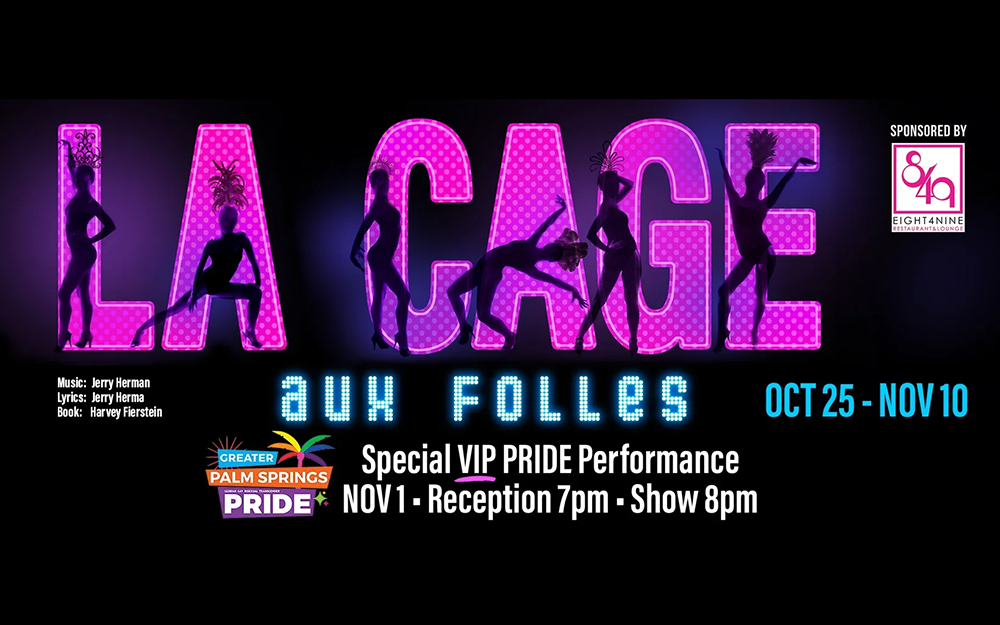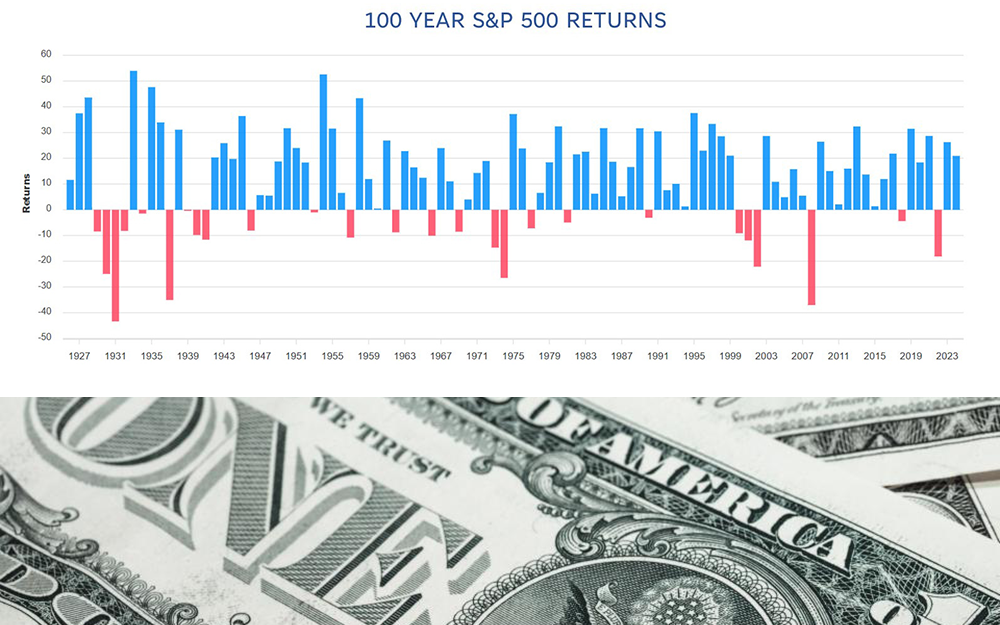NEW BLU SHOWCASES EDWARD G. ROBINSON’S FORGOTTEN GEMS
By Robin E. Simmons
When movie buffs hear the name Edward G. Robinson (1893 – 1973), they’re likely to think of three great films. Robinson’s trademark tough guy was solidified in Warner Bros. pre-code crime drama LITTLE CAESAR (1931). In DOUBLE INDEMNITY (1944), second billed Robinson steals the show in Billy Wilder’s classic suspenser. And who can forget Robinson’s elegant and poignant death scene in SOYLENT GREEN (1973), his fitting final film performance.
Now, two new high definition transfers of fascinating Robinson titles, largely unseen in recent years, join the ranks of films worth considering for the digital home library.
SCARLETT STREET
Esteemed German director Fritz Lang (METROPOLIS and M) came to Hollywood in 1936 and applied his considerable expressionistic skills to dark, genre dramas and terrific, mostly forgotten noirs. SCARLET STREET (1945), based on Georges de La Fouchardière’s aptly titled novel LA CHIENNE (“THE BITCH”), stars Robinson as meek, middle-aged Christopher Cross, a man trapped in a loveless marriage to a shrill, shrewish wife. One day Cross rescues Kitty (Joan Bennett), a pretty young woman, from street thug Johnny (Dan Duryea). Kitty immediately senses a vulnerability in Cross and sets in motion a plan to take him for all he’s worth – which is not actually that much.
The lonely Cross falls for Kitty, but she is very high maintenance. The street thug Johnny is her actual boyfriend, and together they scheme and scam ever increasing cruel manipulations of Cross. As his resources dwindle, Cross himself resorts to questionable activity to keep Kitty in the apartment he’s provided. When Cross finally realizes how he has been used, abused and exploited by Kitty and Johnny, he snaps and enacts an electrifying revenge.
The three remarkable lead performances are from actors at the peak of their powers. There’s a deliciously dark ambiance throughout that is sometimes hard to watch – and equally hard to look away. Bennett’s Kitty is as manipulated by Duryea’s desperate, fast-talking Johnny as she is demanding of Robinson’s Cross.
The BD transfer is from the archives of the Library of Congress and looks pretty good. The audio is clear and the terrific score by HJ Salter is at times beautiful, melodramatic or unrestrained, perfectly befitting the over-wrought nature of the jolting, twisty, disturbing drama on screen.
Extras include a flat but sometimes engaging feature commentary from David Kalat and a selection of production stills that reveal a deleted scene.
SCARLET STREET is an outstanding film noir that deserves a place on the shelf with the best of the genre. Kino Lorber.
THE RED HOUSE
Kudos to Film Chest for finding excellent public domain titles and giving them a hi-def digital restoration. Many of these films have only previously existed – when you can find them – in horrible looking and sounding DVDs.
In THE RED HOUSE (1947), Robinson is Pete Morgan, a seemingly simple, aging farmer who works a modest spread and lives with his sister (Judith Anderson) and his adopted daughter Meg (Allene Roberts). Pete has always warned Meg to stay out of the woods on their property – and especially the red house that hides within. The latter a place where terrifying scream have been heard. Meg has always obeyed Pete, who took her in after her parents mysteriously disappeared.
When Meg’s high school classmate Nath (Lon McCallister) gets a job to help with chores on the farm, he wants to know why Pete is so paranoid about the woods and the red house within. He decides to investigate. Soon, Meg – who has an unrequited crush on Nath (he has a girlfriend) – is drawn into the mystery, the woods and the very real danger.
Shimmering shadows abound in numerous scenes and greatly enhance the foreboding sense of drama and dread. The inky camerawork by Bert Glennon reminds of silver on black velvet.
Rory Calhoun, dashing and dangerous, co-stars. And look for a 21-year-old Julie London as Nath’s flirty, seductive girlfriend Tibby. Extras include a nice commentary by noir scholar William Hare. Film Chest.
Comments? RobinESimmons@aol.com












































